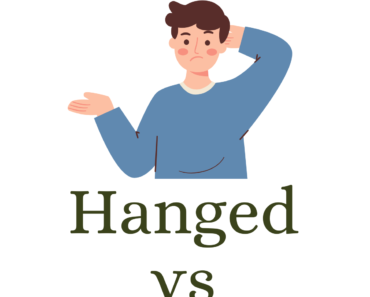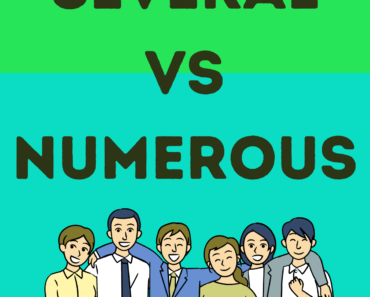Jails and prisons are both facilities designed to detain individuals who have committed crimes, but they serve different purposes.
- Jails typically hold individuals awaiting trial or serving short sentences, usually less than a year. They are managed at the county or local level.
- Prisons, on the other hand, are state or federal facilities housing inmates convicted of serious crimes with longer sentences, often exceeding a year.
They have more robust security and programs due to the longer-term population.
Jail
Definition:
A jail is a local facility used for temporary detention of individuals awaiting trial, sentencing, or serving short-term sentences (usually under one year).
Usage:
- Temporary Detention: Jails are commonly used for detaining individuals awaiting trial, processing, or bail hearings.
- Short-Term Sentences: Individuals serving shorter sentences, typically under a year, are held in jails.
- Example: “After his arrest for shoplifting, he was taken to the county jail until his court date.”
Prison
Definition:
A prison is a state or federal facility designed for the long-term detention of individuals convicted of serious crimes and sentenced to over one year.
Usage:
- Long-Term Sentences: Prisons hold individuals sentenced to lengthy incarcerations, often for serious offenses.
- Rehabilitation and Security: Prisons provide a range of rehabilitation programs and maintain high security due to their population.
- Example: “Convicted of armed robbery, he was sentenced to ten years in a state prison.”
Let me know if you’d like any changes to this structure or want to add more information.







